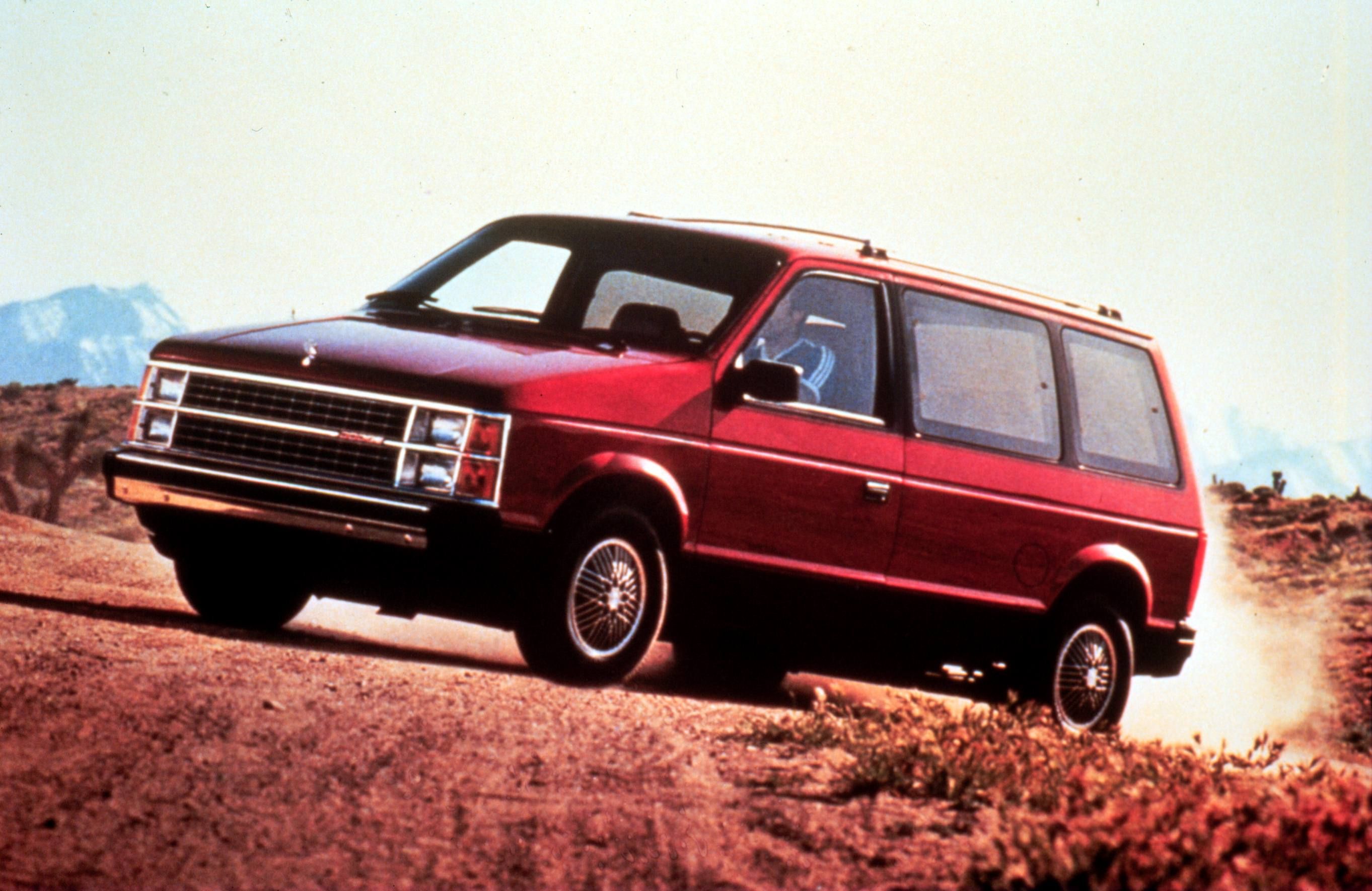All of Detroit is safe until after the auto show in January, sorta. The government approved $13.4 billion in loans for General Motors and Chrysler for immediate consumption (Ford said “no thanks” for now.) This will take them until February when another $4 billion may be available, but they will also have to show that their operations are able to show "positive net present value" – a tough goal I’ll get to in a moment.
This means at least when the North American International Auto Show hits Detroit in January, at least the Big Three won’t have to ring the Salvation Army bell, and instead they will be able to somewhat focus on products. But this isn’t the end of the fight, the big picture has four elements still to come:
- There will be more layoffs
- There will be more money needed pumped into the industry
- It’s the end of fun new cars
- The winner will be the one who returns to big cars first
So for this week, after the just I present a little accounting, a healthy dose of skepticism, and just enough optimism to keep fans of American cars from jumping out the window.
There Will Be More Layoffs
This will be a public relations nightmare: the government will be bailing out the auto industry to keep American jobs, and once the money is in the bank, the industry will cut jobs. It has to be this way. To save some jobs, other jobs must go away.
Chrysler and General Motors need to show a “positive net present value” in a restructuring plan presented to the government on February 17th. When I took my old accounting textbook out from under my kitchen table, it says that net present value is, “the present value of the cash inflows and the amount of investment (outflows).” In plain terms this means that the companies taking money from the government must show how the money they take in will be greater than expenses (and now loan payments, too.)
This is a pretty high expectation considering GM lost almost $40 billion in 2007 and sales are off by 40 percent this year. Ford isn’t immune to this either. Although it didn’t take any of this emergency bailout money, Ford will likely take some of the $20 billion in loans set aside for fuel-efficient car development as well as look for some help to prop up its financing arm.
So all of the Big Three likely will be held to this positive net present value standard (which is a basic litmus test for any investment.) The quickest way to accomplish this is to reduce expenses through reducing size and/or scope of operation. This translates into lost jobs.
There Will Be More Money Needed Pumped Into the Industry
The price tag the Big Three asked for totaled $50 billion; they got $17.4 billion. So its obvious they will be back trying to feed off the money trough when the restructuring plans are presented at the beginning of 2009.
Also, as touched on in the previous section, this current loan only covers operation and not the troubled financing arms of the automakers. To keep the dealers from having to request all the cash up front for a car purchase, the financing companies may need more than the operations side.
It’s the End of Fun New Cars
The K-Car may have saved Chrysler in the 80s, but no one ever accused it of being fun. It sometimes takes an act of defiance to get a really cool car. The original Pontiac GTO was snuck out the back door of GM in 1964 as an unadvertised option package. The 6.4-liter V8 was well above the maximum 5.4-liter cap GM placed on all mid-sized cars. It was a risk, but GM embraced the cars and championed the developers once the GTO was a success.
A car like the European Ford Focus will be a welcomed edition to these shores, but that car’s development is already paid for. There will only be a handful of automotive engineers who will be left after the inevitable bloodbath that will consume most of the development teams at the Big Three. These people's attitudes will be a mixture of happy to have their jobs and overworked from doing the job formerly done by three people. They will be too scared and tired to develop anything outside of the new company maxim of low-cost and high economy.
The Winner Will Be the One Who Returns to Big Cars First
Detroit is the home of big cars. There are certain expectations from the different car producing nations. The Europeans are known for driver’s cars, the Japanese are known for technology, and the Americans are known for size. Of course there are plenty of examples that defy these definitions, but those are the basic assumptions.
When the high fuel costs and efficient Japanese imports caused Detroit to have major problems in the late 70s and into the 80s, America still didn’t change its car style. Detroit started building smaller, fuel-efficient cars, but that’s not what kept them in business.
Chrysler was saved by the minivan, which was a large car with smaller car characteristics. The minivan got more popular as it grew in size, weight, and power. Also, the people who were fleeing the image of the minivan started the SUV craze, which caused even bigger and heavier cars. While all this was going on, GM and Ford were making most of their money selling the country’s best sellers, trucks.
When gas got expensive in the last few years the American public didn’t ask for smaller cars; they asked for more fuel-efficient cars. So while Fords from Europe or Chevrolet VoltS provide a good solution for fuel efficiency, they still don’t solve the American consumer’s glut for size.
The winner from Detroit will be the first one who figures out how to use lightweight materials and aerodynamics to produce a large car that is both fuel-efficient and provides brisk performance. Hybrids need not apply here. Until the Middle America’s trusted corner mechanic knows how to fix a hybrid, gas/electric can’t be mainstream.


